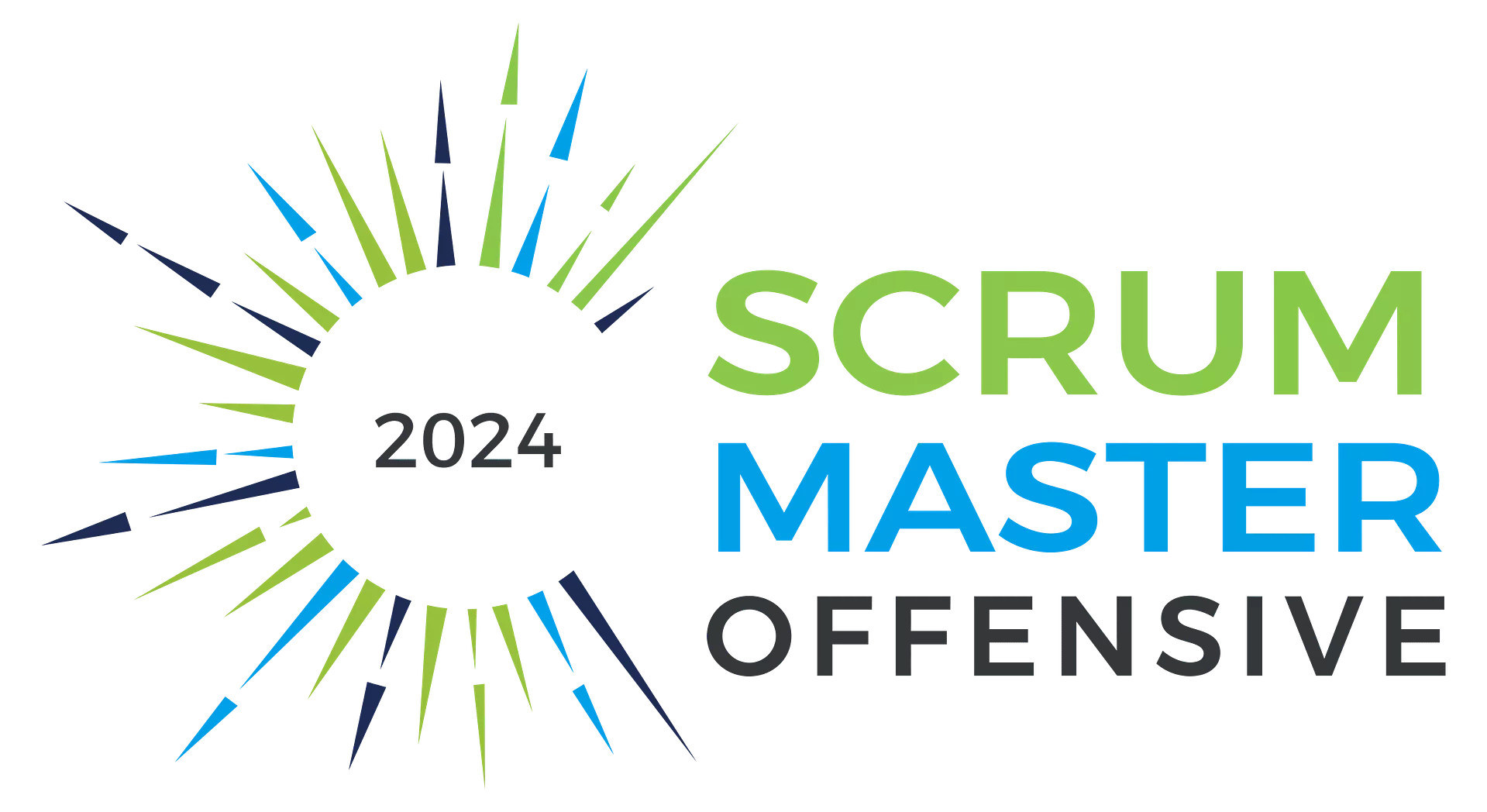
The first time I read about the Core Protocols was about one year ago. Yves Hanoulle and a bunch of other people wrote an awesome article, describing the Core Protocol using a conversation between Yves and a fictional character. Simply said, the Core Protocols consist of a set of commitments and communication protocols, that can help to create high performance teams.
Unfortunately, I didn’t have the chance to try these protocols with one of my teams, yet. But I’m already looking forward to try it out. In the meantime I’m using my family as guinea pigs.
A few weeks ago I had the idea to use the „Check In“ protocol with my kids, when I bring them to bed. Bringing my kids to bed is quite a ceremony. We start with reading two books, then I’m telling them a home made story and last but not least I sing a song. Now we added the „Check In“ at the beginning at the ceremony. The „Check In“ consists of 4 steps:
-
- Speaker says „I’m checking in“
- Speaker says “I feel [one or more of MAD, SAD, GLAD, AFRAID].” Speaker may provide a brief explanation.
- Speaker says „I’m in“.
- Listeners respond, “Welcome.”
We found out, that this is a great way to close the day. Additionally, we as the parents get to know, what is really on the mind of our kids. Sometimes, it is really hard to keep your mouth shut, when one of the kids is checking in and telling something interesting. But most of the time we’re able to leave the check in uncommented. I think this is also something our kids really like about checking in. They can speak free without explaining oneself. On the other hand, this is also a tool for us as parents, to tell the kids what really got on our nerves that day.
After starting the „Check In“ by myself on the first days, my kids took over and started to explicitly ask for checking in. Even my youngest, who is 2 years old, participates. We’re using the „Check In“ now for three weeks and everybody loves it. It’s a great way to start our bed time ceremony and helps everybody to come down and get to sleep mode.
I encourage you to try this with your kids, too. I’m really looking forward to your experiences, so please leave a comment.




Awesome idea:-)
Will do that too…
Olaf
Great! Looking forward to your experiences…
This caught my eye while reading the PO team post. I love it! I’ve been using agile and lean concepts with my kids for some time, and this is a great idea for us to explore too.
I’m looking forward to your experiences. We still do it every evening 🙂
Now that I’ve read a bit more about the Core Protocols, I like the „Check In“ even more. We played a game with our kids for a while that was quite similar – MAD, SAD, BAD, GLAD. Each person got to choose one of these emotions at dinner table and tell the rest about the thing/event that made them feel that way. We haven’t played in a while, something we can correct with checking in, I think.
Hi Pierre,Thx for your feedback! I agree and of corsue also only deal with my very personal current view. Certificates therefore might probably be treated as safety belt for employees / contractors / customers in terms of entry cards or license for the sales pitch game. There is still the question left about certificate vs. knowledge matter of discussion not only in IT, but nearly within any education system.Probably getting teams developed and self-organized is probably one of the most challenging but also potentially fruitful aspects in Agile (besides talking about management, empowerment, customer and business value ). You see, I take engineering practices for granted (as we learned it in education and all our other projects). Many of these new education programs might be damned good I know e.g. about CAT, which is really a great concept. I just rather would like to target the same stuff at the whole team, instead of addressing single experts and maybe their individual topic of career development / perspectives (still not to be underestimated in fully agile organizations without hierarchies as we know it).Best,Michael